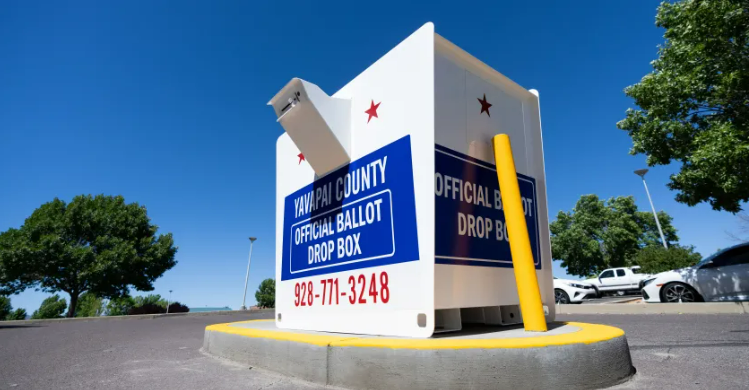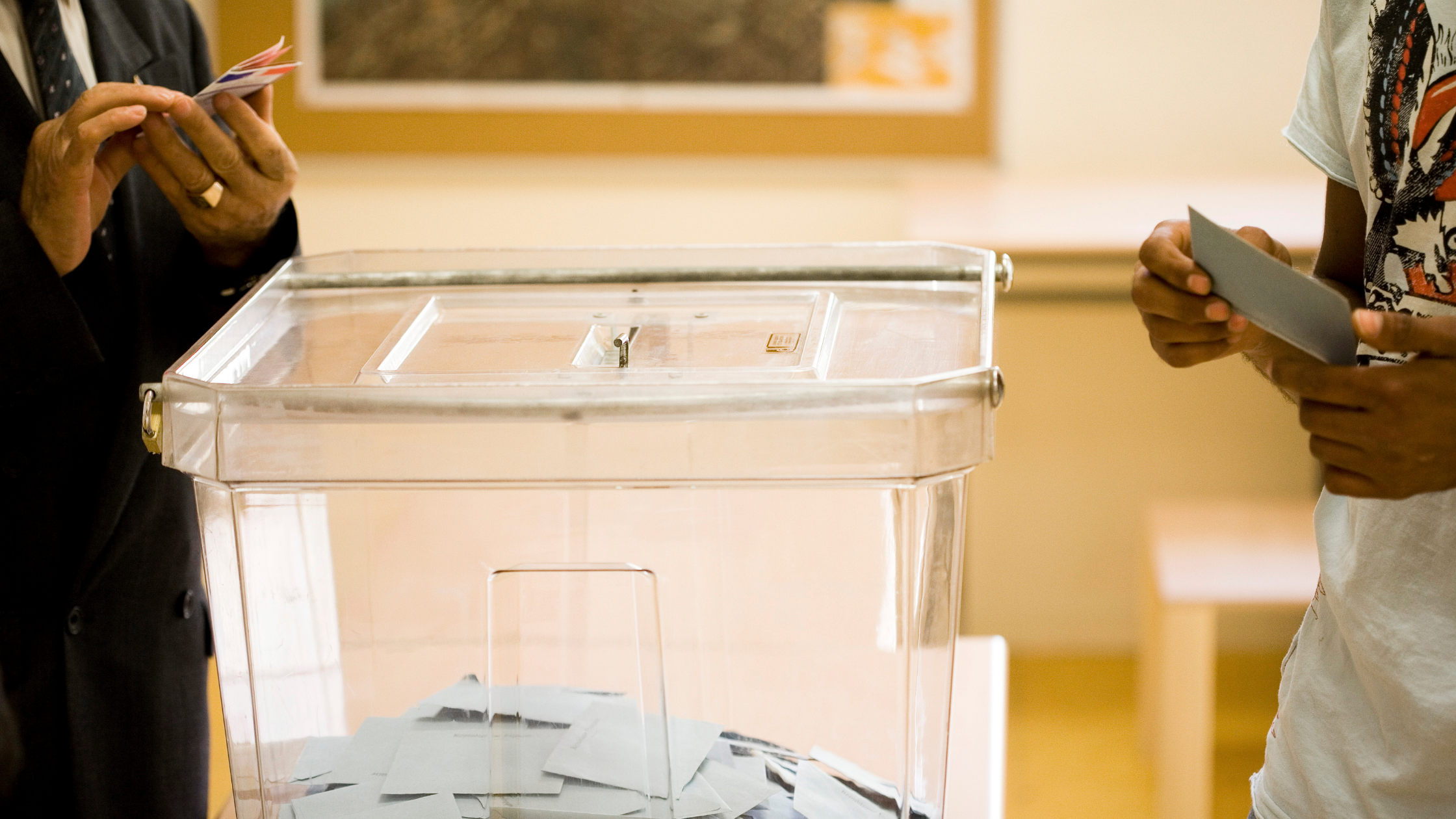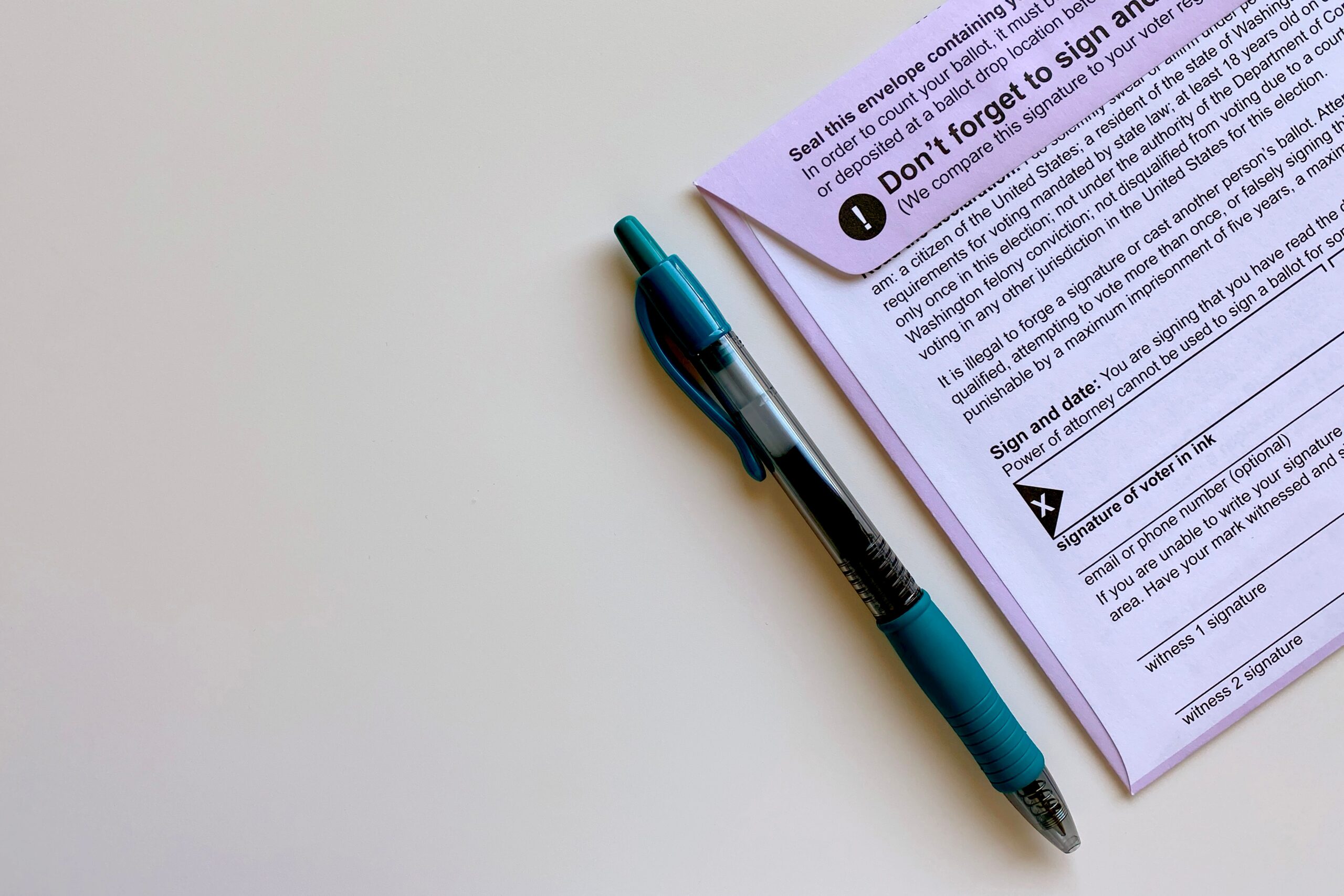
Voting at home is a time-tested, secure method of voting. In fact, a recent study from Towson University found that expanding mail voting is safe and “reduces the likelihood of adversarial interference.” These voting systems have numerous safeguards in place to protect voters and keep ballots secure, such as:
Mailing ballots to voters: In a vote-at-home system paper ballots are mailed to voters weeks ahead of the election. That means election officials have a verifiable paper trail to track ballots. Automatically mailing a ballot to every eligible registered voter also enables election officials to receive actionable information to keep voter rolls up-to-date, like updating a voters’ mailing address.
Mail ballot/envelope design: Mail ballots and accompanying envelopes are designed with numerous security features such as personalized barcodes to ensure that only one ballot is cast per person. Ballots are printed on special, identifiable paper, and every ballot is inspected to ensure it is valid for the election being conducted.
Signature verification: Election officials validate voters’ identities in order to ensure that only eligible voters cast a ballot. The recommended best practice is to use signature verification, via a robust procedure that includes bipartisan teams of trained signature judges. This drastically reduces opportunities for unconscious bias or human error by volunteer poll workers.
Under this process, every return ballot envelope is signed by the voter, and each signature is validated by being compared to other official signatures already on file (such as the voter’s registration document, prior election ballot envelopes, motor vehicle transactions, etc.). Signature verifiers can be trained by handwriting experts in a manner similar to those used in financial institutions, including many from law enforcement. Another best practice is to include a signature “curing” process, where if the signature doesn’t match and a secondary bipartisan review team cannot determine a match, the voter is contacted immediately and given multiple paths to resolve the discrepancy. This “cure” period extends after Election Day to allow all votes that arrived on time to be counted.


